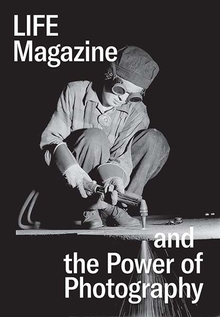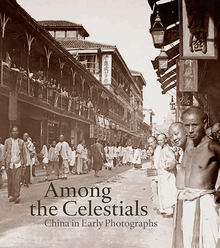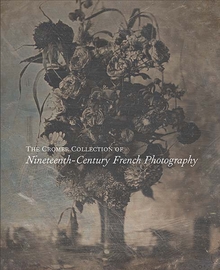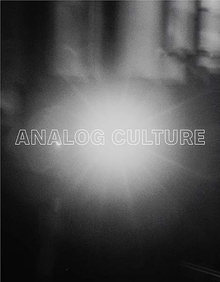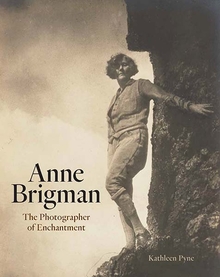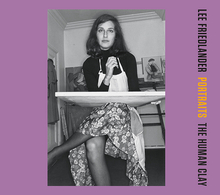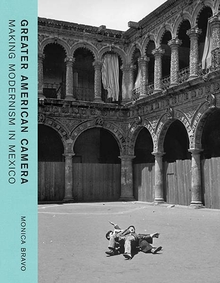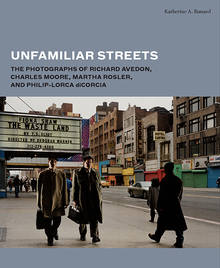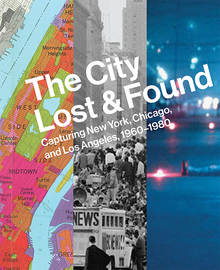Life Magazine and the Power of Photography
WARNING
You are viewing an older version of the Yalebooks website. Please visit out new website with more updated information and a better user experience: https://www.yalebooks.com
Edited by Katherine A. Bussard and Kristen Gresh
The first comprehensive consideration of Life magazine’s groundbreaking and influential contribution to the history of photography
From the Great Depression to the Vietnam War, the vast majority of the photographs printed and consumed in the United States appeared on the pages of illustrated magazines. Offering an in-depth look at the photography featured in Life magazine throughout its weekly run from 1936 to 1972, this volume examines how the magazine’s use of images fundamentally shaped the modern idea of photography in the United States. The work of photographers both celebrated and overlooked—including Margaret Bourke-White, Larry Burrows, Henri Cartier-Bresson, Frank Dandridge, Alfred Eisenstaedt, Fritz Goro, Gordon Parks, and W. Eugene Smith—is explored in the context of the creative and editorial structures at Life. Contributions from 25 scholars in a range of fields, from art history to American studies, provide insights into how the photographs published in Life—used to promote a predominately white, middle-class perspective—came to play a role in cultural dialogues in the United States around war, race, technology, art, and national identity.
Drawing on unprecedented access to Life magazine’s picture and paper archives, as well as photographers’ archives, this generously illustrated volume presents previously unpublished materials, such as caption files, contact sheets, and shooting scripts, that shed new light on the collaborative process behind many now-iconic images and photo-essays.
From the Great Depression to the Vietnam War, the vast majority of the photographs printed and consumed in the United States appeared on the pages of illustrated magazines. Offering an in-depth look at the photography featured in Life magazine throughout its weekly run from 1936 to 1972, this volume examines how the magazine’s use of images fundamentally shaped the modern idea of photography in the United States. The work of photographers both celebrated and overlooked—including Margaret Bourke-White, Larry Burrows, Henri Cartier-Bresson, Frank Dandridge, Alfred Eisenstaedt, Fritz Goro, Gordon Parks, and W. Eugene Smith—is explored in the context of the creative and editorial structures at Life. Contributions from 25 scholars in a range of fields, from art history to American studies, provide insights into how the photographs published in Life—used to promote a predominately white, middle-class perspective—came to play a role in cultural dialogues in the United States around war, race, technology, art, and national identity.
Drawing on unprecedented access to Life magazine’s picture and paper archives, as well as photographers’ archives, this generously illustrated volume presents previously unpublished materials, such as caption files, contact sheets, and shooting scripts, that shed new light on the collaborative process behind many now-iconic images and photo-essays.
Distributed for the Princeton University Art Museum
Exhibition Schedule:
Princeton University Art Museum
Museum of Fine Arts, Boston
Museum of Fine Arts, Boston
Katherine A. Bussard is the Peter C. Bunnell Curator of Photography at the Princeton University Art Museum. Kristen Gresh is the Estrellita and Yousuf Karsh Senior Curator of Photographs at the Museum of Fine Arts, Boston.
EXHIBITION SCHEDULE
Princeton University Art Museum
Museum of Fine Arts, Boston
Museum of Fine Arts, Boston
CHOICE Outstanding Academic Title 2022
ISBN: 9780300250886
Publication Date: April 28, 2020
Publishing Partner: Distributed for the Princeton University Art Museum
Publication Date: April 28, 2020
Publishing Partner: Distributed for the Princeton University Art Museum
336 pages, 8 3/4 x 12 1/2
250 color + b/w illus.
250 color + b/w illus.
ADDITIONAL MATERIALS

